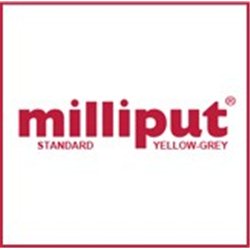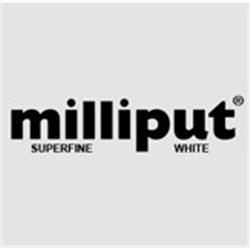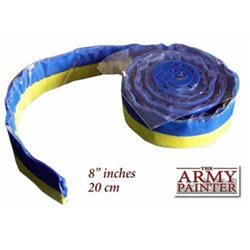Generally, plastic model plane kits do not come with plinths supplied. Nowadays, the majority of kits are designed to...
No products
Product successfully added to your shopping cart
There are 0 items in your cart. There is 1 item in your cart.
Search Tips
Christmas and New Year
We are dispatching orders every weekday apart from Christmas Day, Boxing Day and New Year's Day.
If you order is time critical, select next day delivery at checkout.
The shop in Sandown is closed from 25th December, reopening on 30th December.
How can I create fuel drums for a model or layout?
Fuel drums are a great feature to add to a layout or diorama that can help add realistic scene elements. One way to create additional fuel drums is to use an existing plastic kit part as a template. Take strips of tin foil suitably cut to the correct lengths. Wrap these around the original kit part that is providing the template. The foil can then be gently pressed into the template to ensure that it effectively picks up the contours and surface details of the template. Then gently unwrap and then re-shape the tin foil to form the body of the barrel. The two ends of the barrel can be recreated in a similar way using tin foil shaped and cut as required. Adding a suitably shaped cardboard backing to the foil can add additional strength to the ends before attaching them to the barrel.
Another way to create barrels is to use two-stage epoxy resin. When equal amounts of resin and hardener are suitably mixed then these can be rolled to create a suitable diameter for the barrel. This rolled tube of epoxy can then be cut to the required length for the barrel. The finishing touches can be added by using either wire or very thin rolls of epoxy to provide the required frills on the barrel. Whilst pliable dents and nicks can be applied with a hobby knife or file to simulate wear and tear or battle damage to the barrel.
This process can easily lend itself to creating other items such as paint pots or industrial piping which can add specific detail to a model or diorama as required. Why not try this technique on your next project?
Click here to receive the tips weekly in your mailbox. You can unsubscribe at any time.










